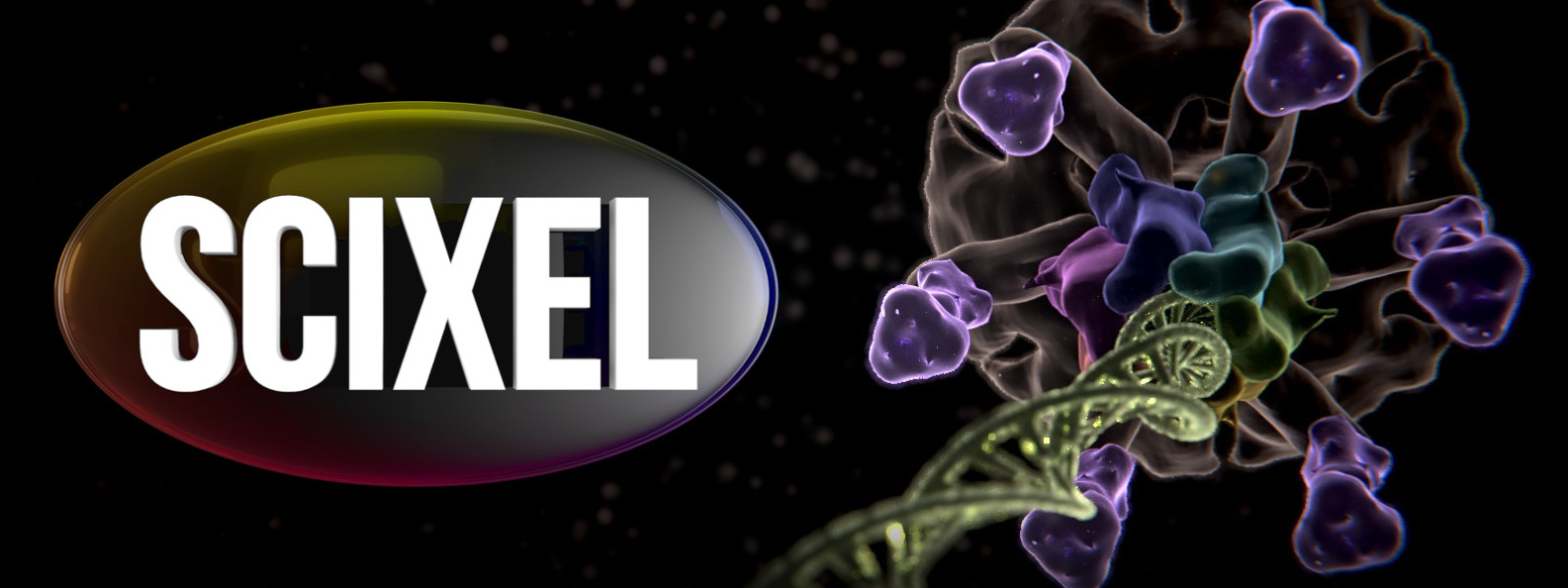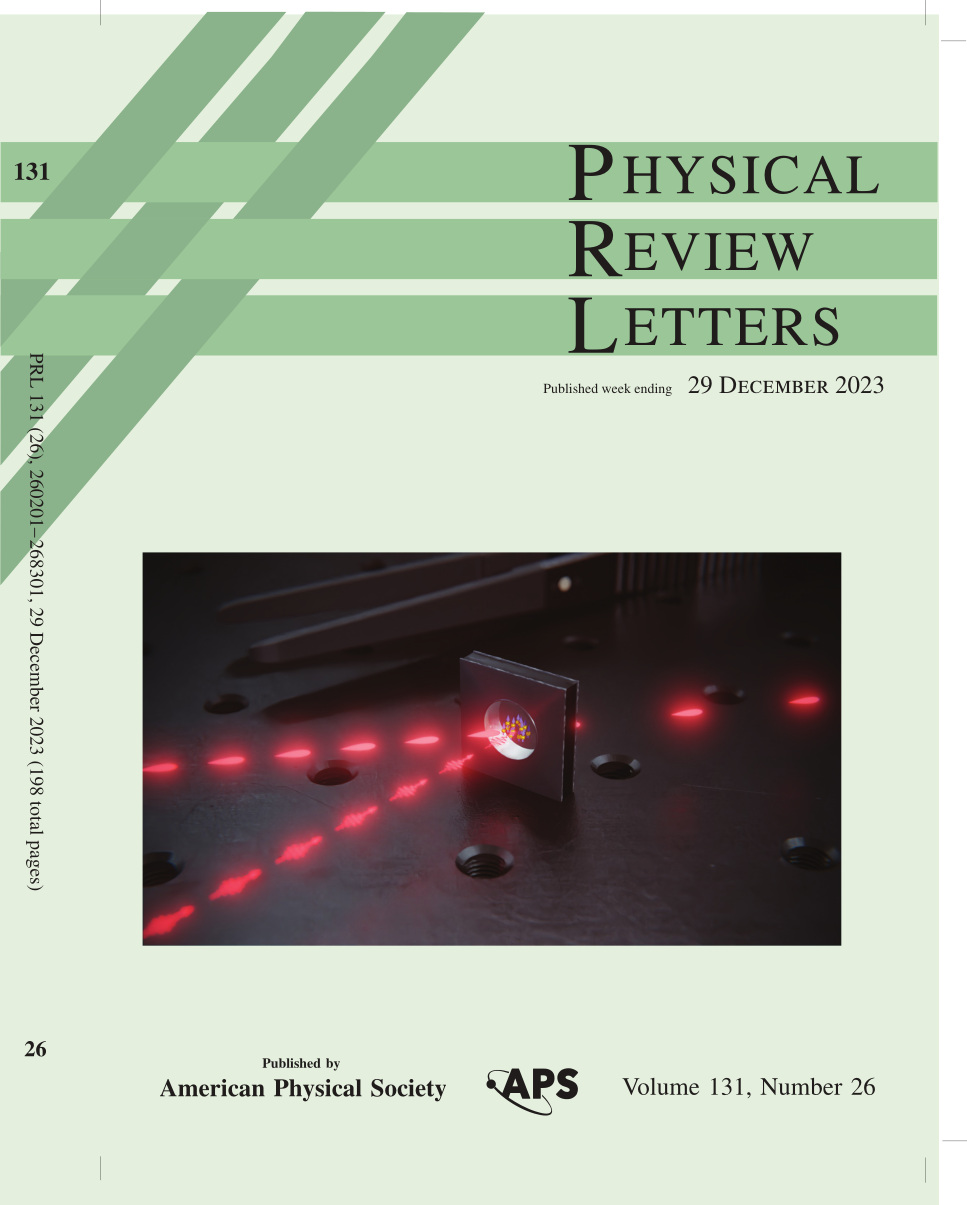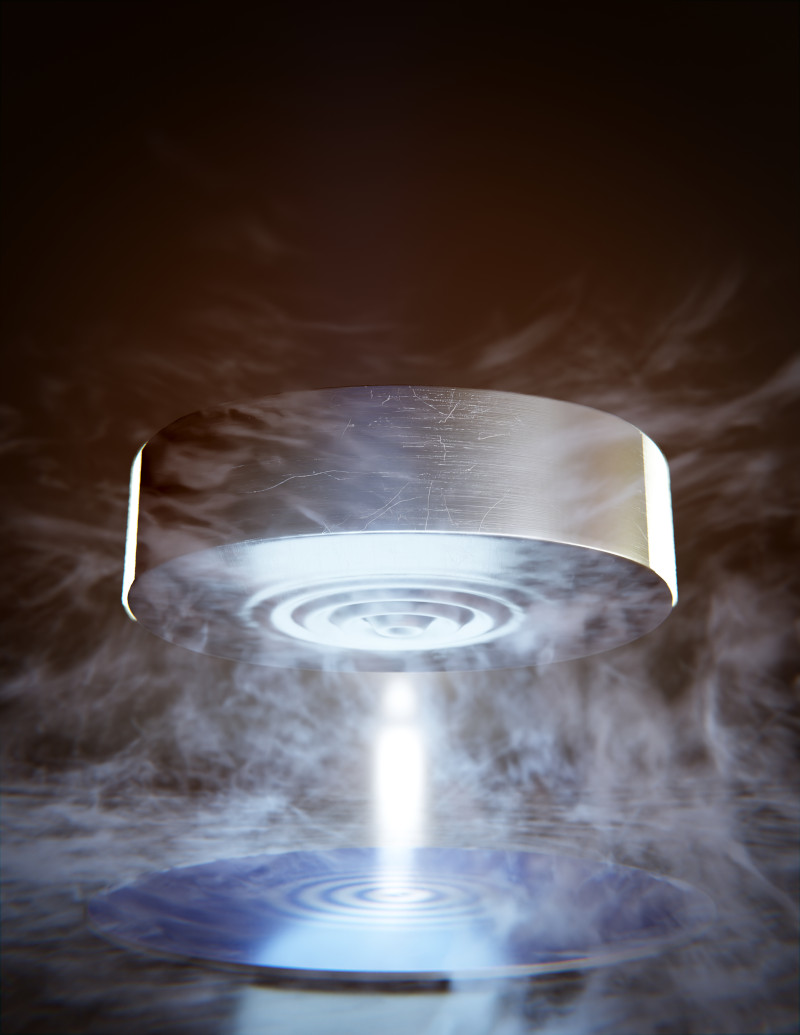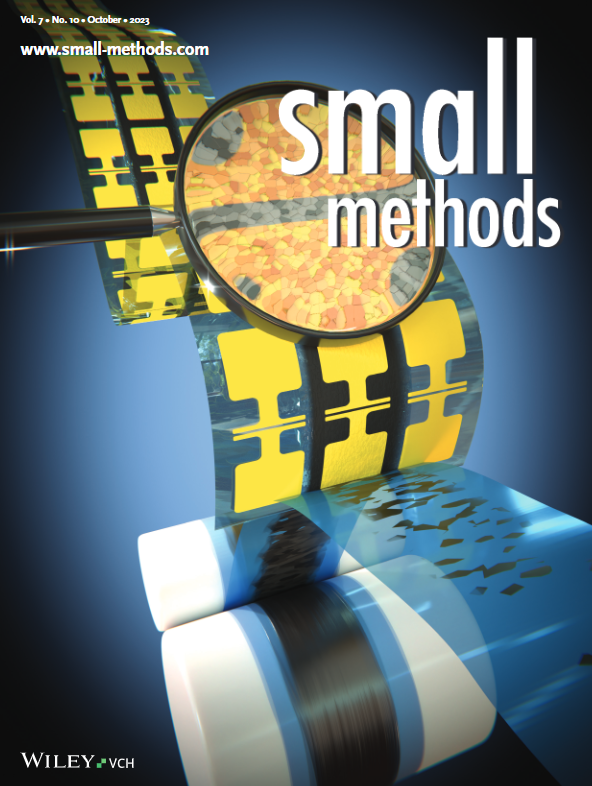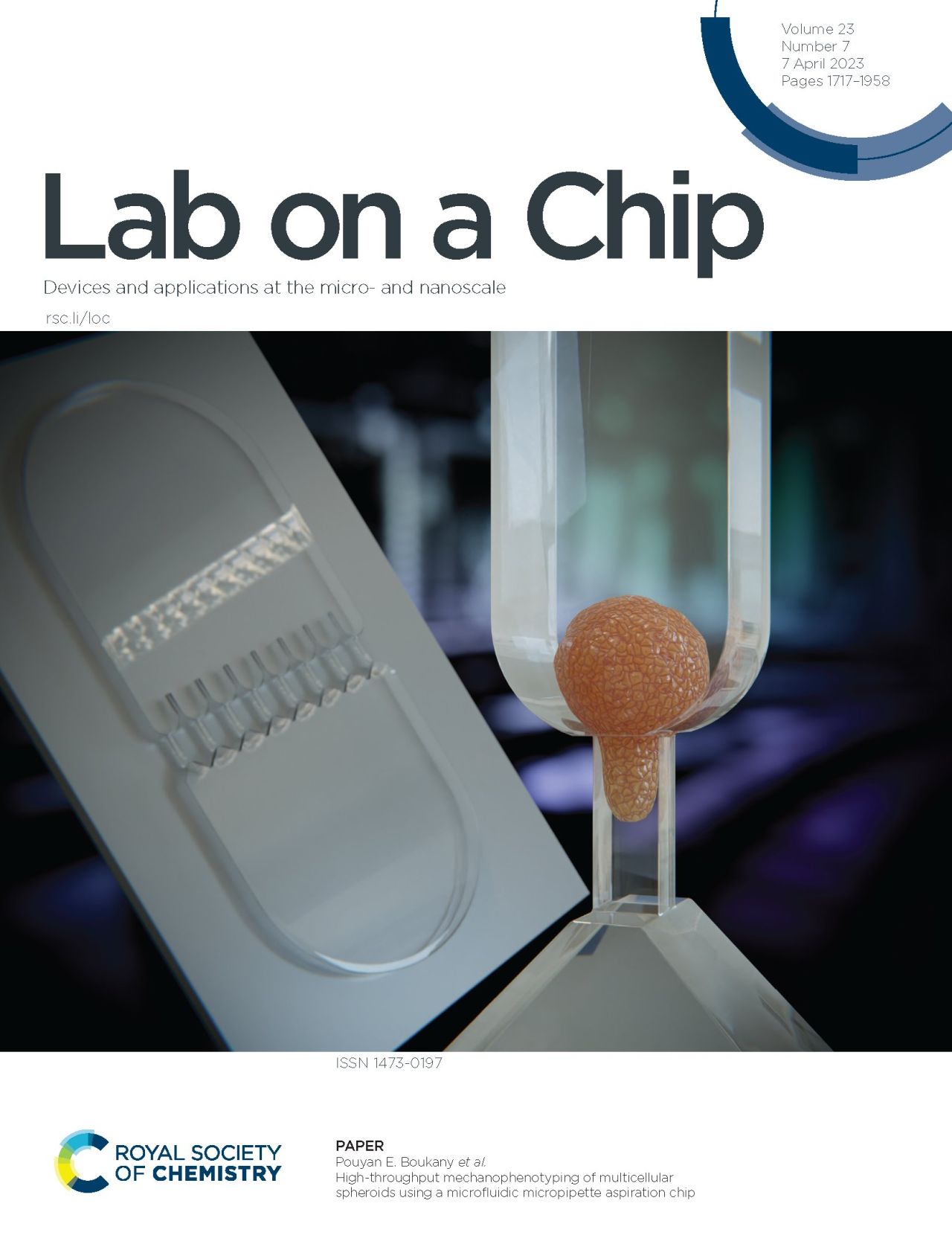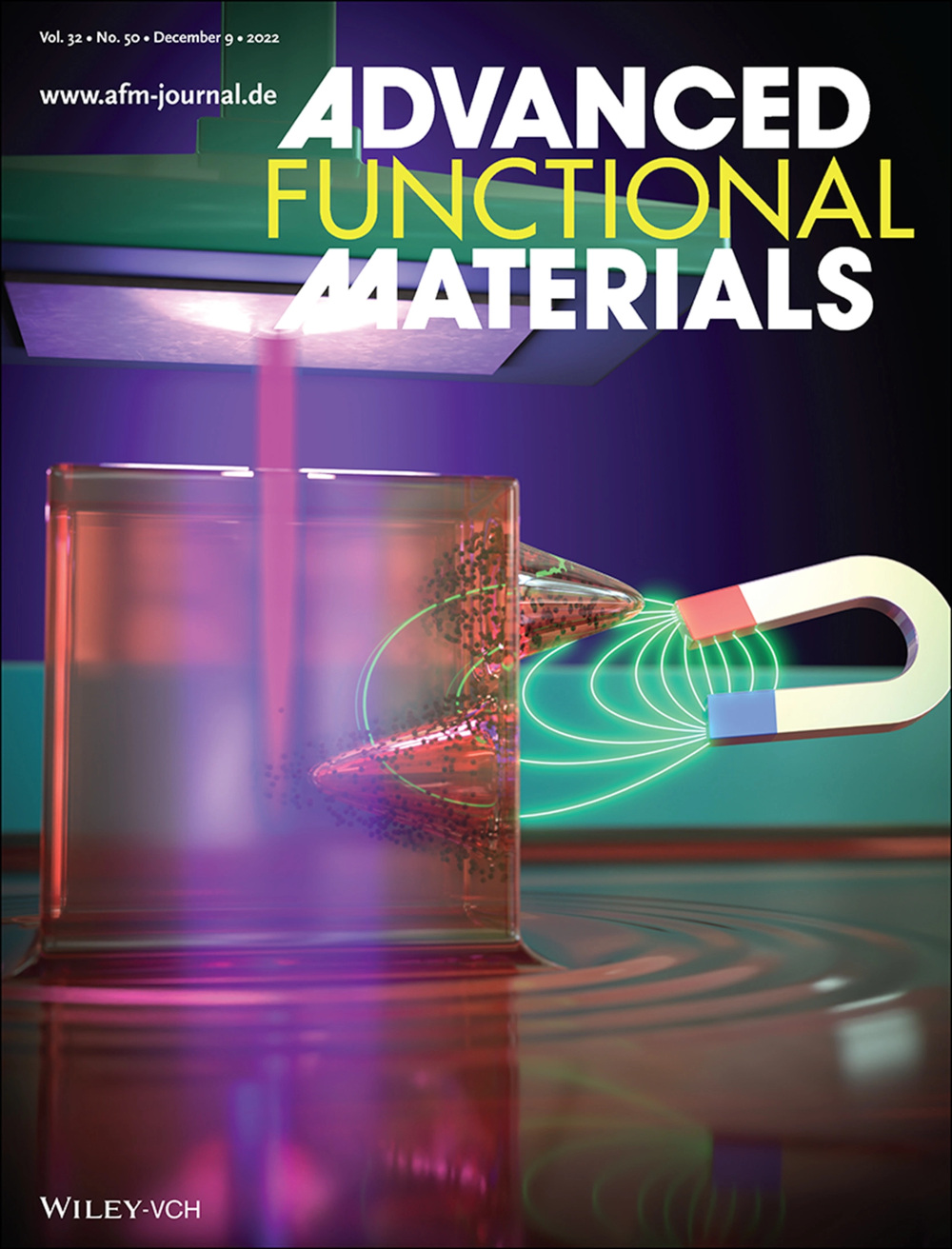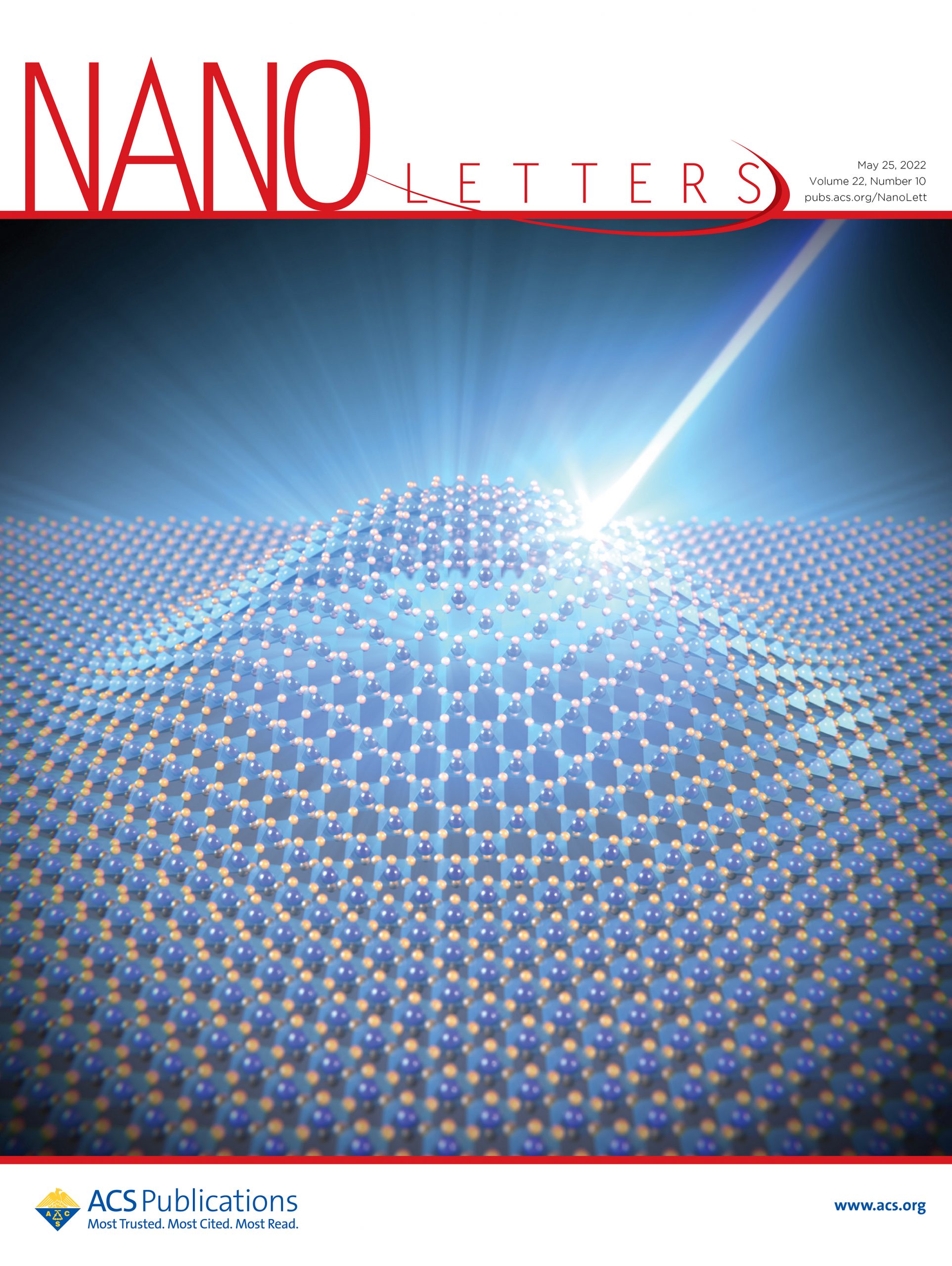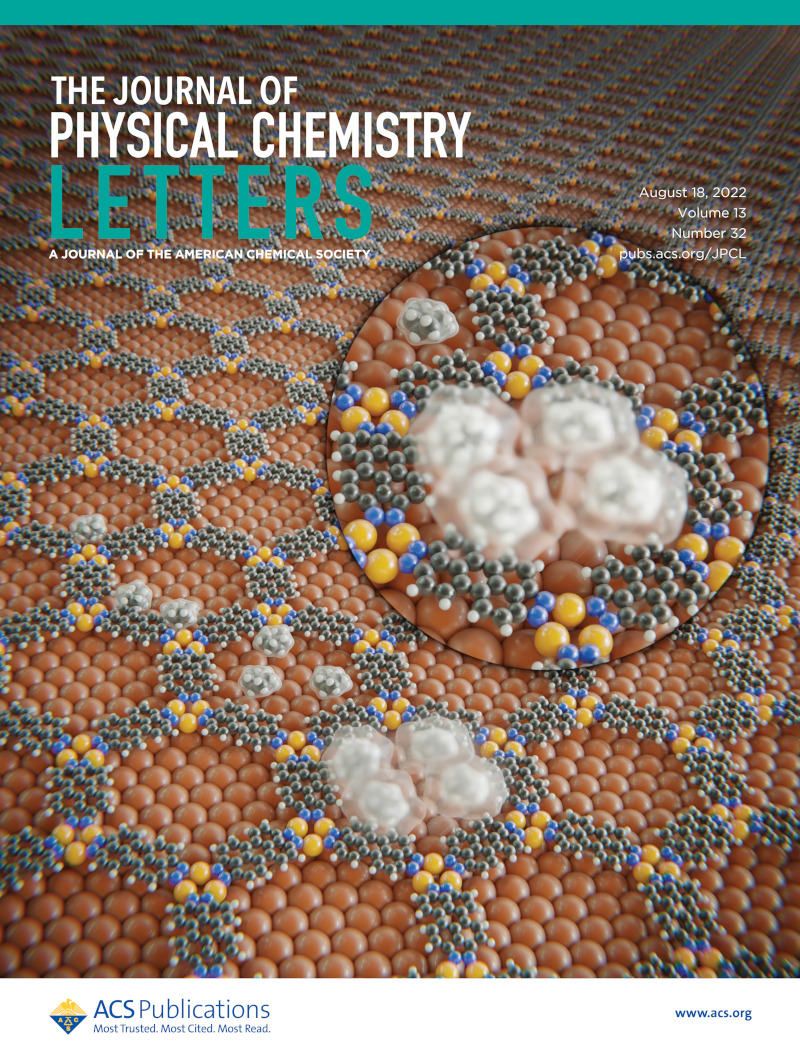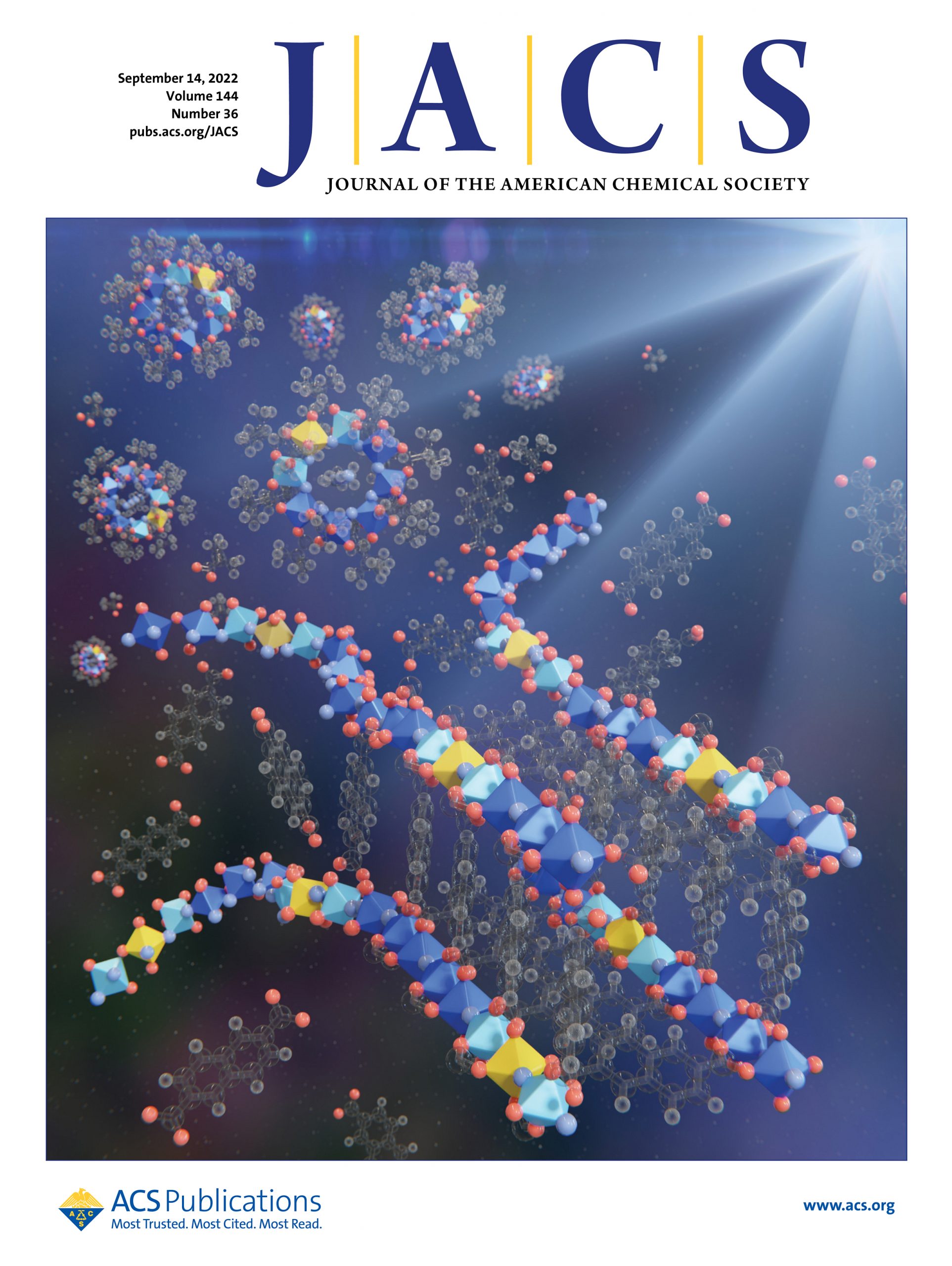Dr. Johan Christensen’s research is focused in the manipulation of mechanical waves and how to manipulate them by using metamaterials.
In this last work, published in Advanced Materials, together with researchers from China, they’ve built a metamaterial with micrometer sized pillars that exhibit important and useful properties. In particular, the mechanical surface states on this structure are exceptionally robust. This ability to manipulate and focus ultrasound will be useful for therapeutic uses.
We, together with Dr. Johan Christensen, made this picture that it’s been featured at the cover of Advanced Materials.
